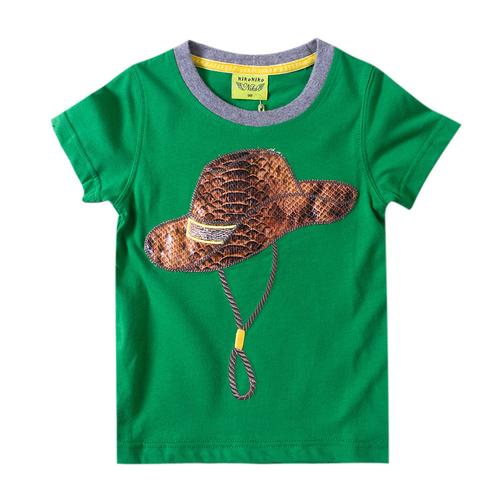Cashmere is a high-quality fabric with many environmentally friendly properties and sustainable development potential. The environmental protection and sustainable development trends of cashmere fabrics will be discussed below.
1. Renewable raw materials: Cashmere is a natural fiber cut from goats and is a renewable resource. Compared with synthetic fibers, the production of cashmere does not require excessive fossil energy and chemicals and has less impact on the environment.
2. High quality and durability: Cashmere fabric is warm, soft and lightweight, while also being very durable. Due to its excellent elasticity and durability, cashmere products can last for a long time with proper maintenance and care, reducing waste generation.
3. Biodegradability: Cashmere is a natural fiber and is biodegradable. When the ends of the wool are cut off or the clothing is consumed and needs to be discarded, the cashmere fiber can decompose in the natural environment without causing pollution to soil and water sources.
4. Sustainable breeding: The sustainable development of cashmere is also related to the breeding method. Some farmers and fabric suppliers are promoting environmentally friendly farming models, such as using organic feed, regular grass rotation, and avoiding overgrazing. Not only does this help protect soil quality and ecosystem balance, it also improves the quality of the cashmere fiber.
5. Reuse and recycling: Cashmere products can be reused and recycled after the life cycle. By reprocessing discarded cashmere fibers, new cashmere products can be made and their service life extended. In addition, some companies have also developed technology to recycle cashmere fiber, extracting fiber from old clothing for use in the manufacture of new products.
Under the trend of sustainable development, the cashmere industry is also exploring measures to further improve environmental protection and sustainability. This includes improving breeding management, reducing water and energy consumption, controlling chemical use, promoting a circular economy, etc. In addition, some brands have also begun to focus on the transparency of the cashmere product supply chain to ensure that the source of raw materials and production processes meet environmental requirements.
In short, cashmere fabric has good environmental protection characteristics and sustainable development potential. With the improvement of technology and awareness, the cashmere industry will develop in a more environmentally friendly and sustainable direction to meet consumer demand for high quality, environmental protection and sustainability.







